Balitraveldiary.com – One of the tourist attractions that are owned by Gianyar is cultural tourism in the form of heritage sites that have been aged up to a dozen centuries. One of them is Gajah Cave which is located in Banjar Gua, Bedulu Village, Blahbatuh District.
In this area, two worship complexes from two religions can be found. The location of these two worship complexes side by side. The existence of both of them is proof that harmony in religion has existed in the archipelago since centuries ago.
Elephant Cave is an area that stores archeological heritage from the Hindu and Buddhist development period in Bali. The existence of this site was first known by an official of the Dutch East Indies government, L.C. Heyting, in 1923. Heyting in his report mentioned the existence of a cave with outside walls full of sculptured ornaments. This ornate cave is the source of the name “Goa Gajah”.
Elephant Cave has a depth of 9 meters. At the far end, the cave passagewards split to the right and left – forming the letter “T”. From the west end (left) to the east end (right), the length of this hallway is 13.5 meters, with a width of 2.5 meters and a height of almost 2 meters.
In the mouth of the cave, there is a stone carving in the form of a giant face with eyes glancing to the right, a big nose, and a gaping mouth. The sculpture is decorated with leaves, giant, pig, and monkey motifs.
On the east side of the mouth of the cave, there are two lines of writing, “Kumon” and “Sahy (w) swans,” written in ancient kwakadwasi script. This script is estimated to originate around the 11th century. Meanwhile, in front of the mouth of the cave, six female statues were found which were later reconstructed as a swimming pool.
There are seven niches along the north side of the hall. The largest niche is in the middle of the hall, facing directly to the mouth of the cave with a height of about 130 centimeters and a depth of approximately 1.5 meters.
At the end of the left aisle, there is a statue of Ganesha – a Hindu mythological figure with an elephant head with four hands who is the guardian of Lord Shiva. At the end of the right aisle, there is the statue of Trilingga (three phallus) which is a symbol of the three main Hindu deities, namely Brahma, Vishnu, and Shiva. In the middle of the intersection of the alley, there is another fragment of a statue called “Ardachandrakapala” and a fragment of the statue of Lord Shiva.
In 1931, Conrad Spies reported a new discovery in the form of a three-pronged relief stupa on a stone wall located under a ravine south of Goa Gajah. In the area later called the Tukad Pangkung complex, a statue of Dyani Buddha Amitabha and a thirteen umbrella relief were found. From these findings, archaeologists suspect that in the past Tukad Pangkung was a place of meditation for Buddhist monks.
At present, to facilitate the tourists and pilgrims, a concrete staircase is built from the Elephant Cave yard to Tukad Pangkung and a path to several other sites.
Based on searches by archaeologists, the Elephant Cave site is thought to have existed since the 11th century. This is reinforced by the information contained in the Badung Inscription in the year 1071 AD. In this inscription, there is information about antakunjarapadda (“kunjara” meaning elephant) as a place of worship for Hindus and Buddhists during the Warmadewa Dynasty – who ruled between the 10th and 14th centuries AD.
Meanwhile, the Tukad Pangkung complex is estimated to be older. This is based on the similarity between Buddha statue in Tukad Pangkung with Dyani Buddha statue in Borobudur Temple. Based on this, Tukad Pangkung is estimated to have been built in the 9th century AD.
Other supporting evidence is in the Blanjong Inscription in the Sanur area. In the inscription which dates to 917 AD, there are ornaments in the form of three-pronged stupas. Three-pronged stupas can be found at the Elephant Cave site.
Historical evidence shows that Elephant Cave is the center of activity of two different religions, namely Hindu Shiva and Buddhism. Dozens of centuries ago, this complex was once a place of retreat for people of both religions. Hindu priests and Buddhist monks have coexisted.
The moral message that visitors and pilgrims can take is that differences in belief in religion should not prevent the creation of harmony and a harmonious life in a pluralistic society.















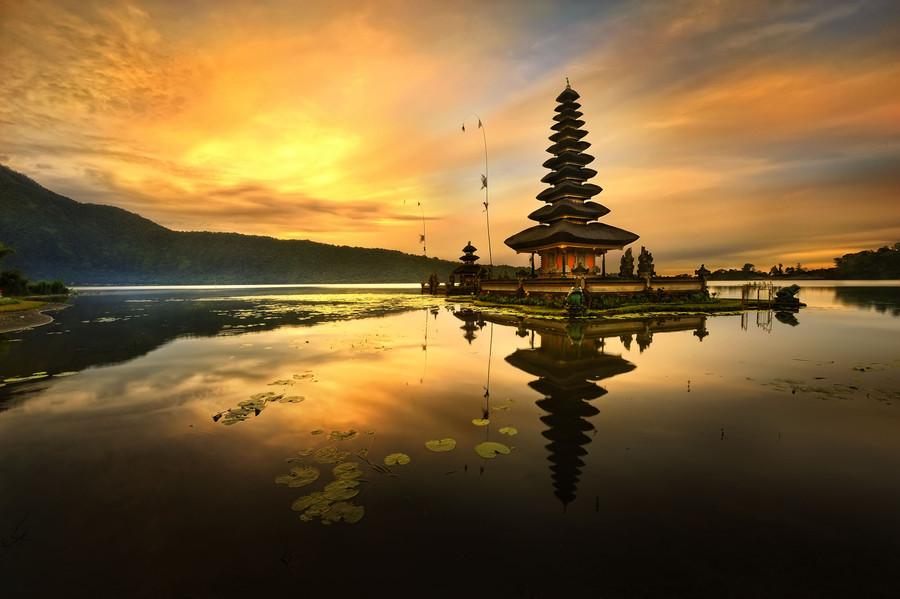

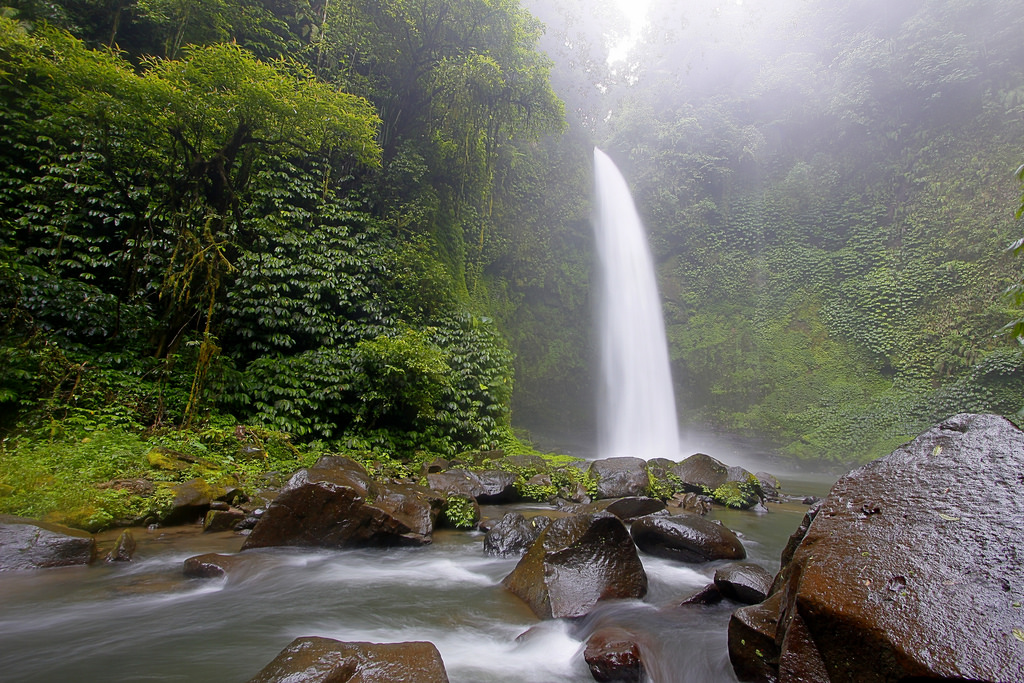

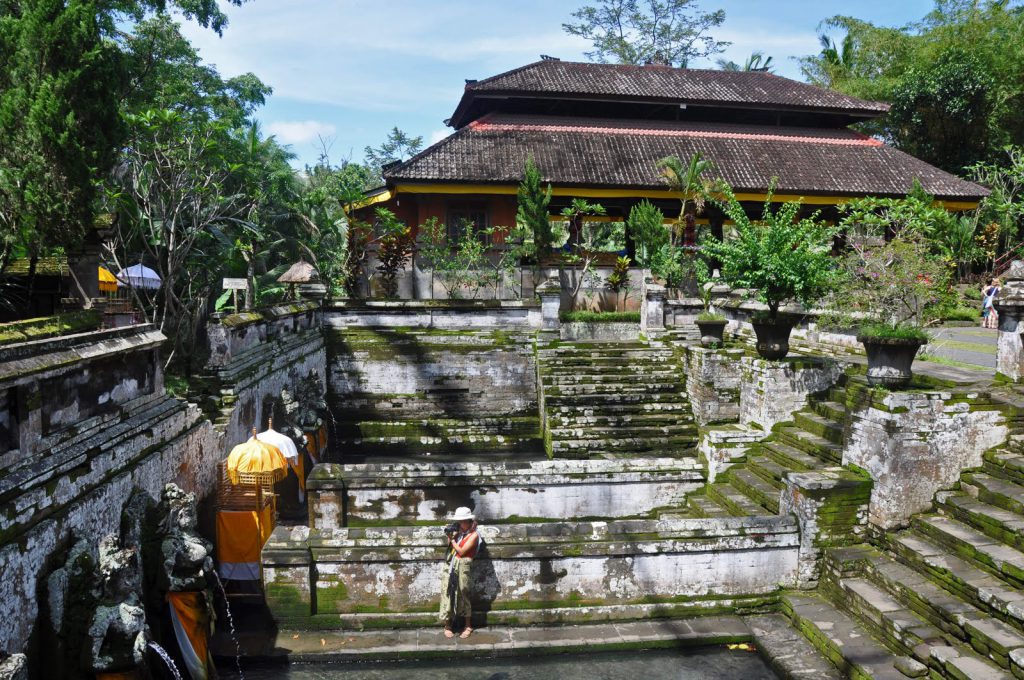
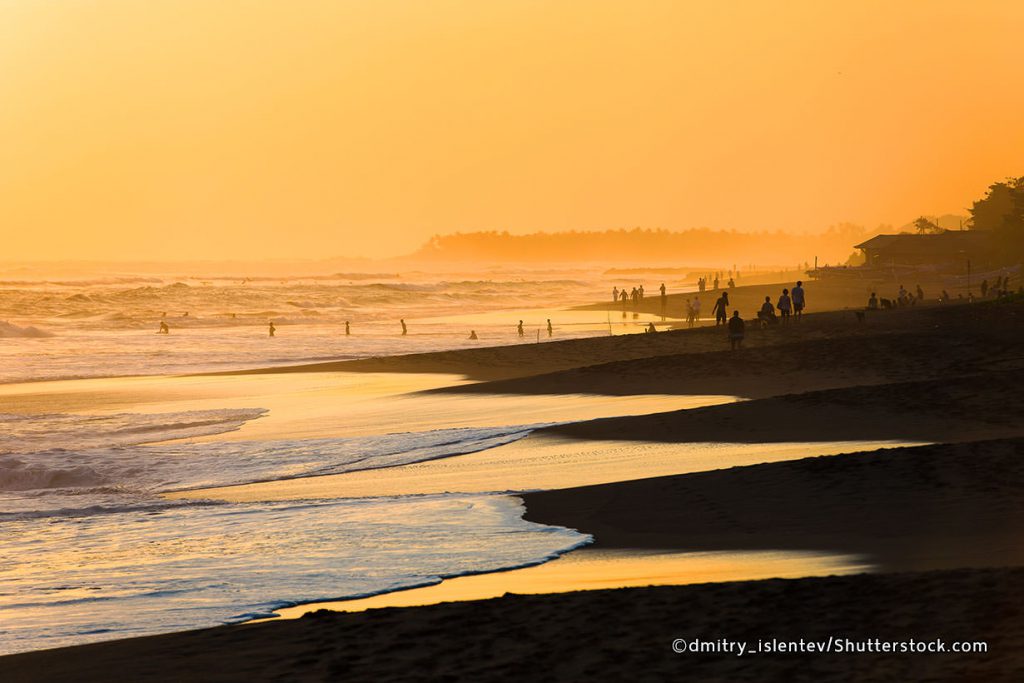
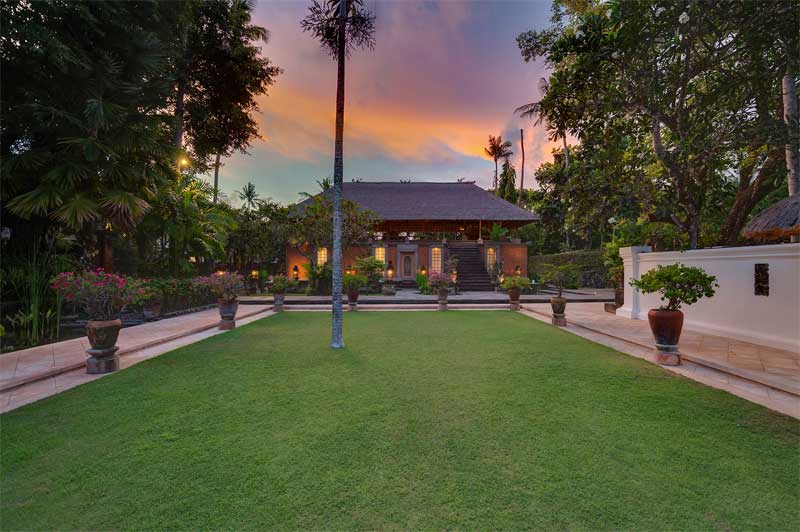

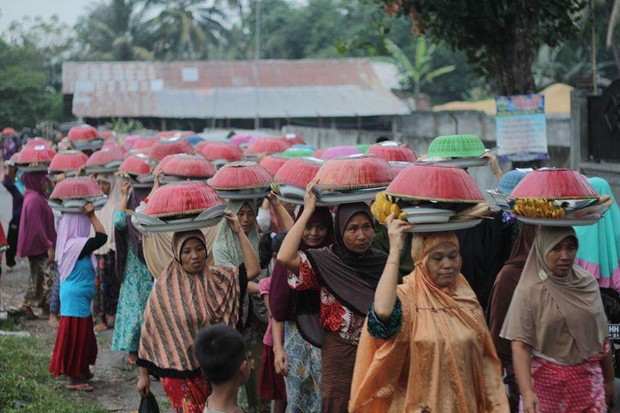
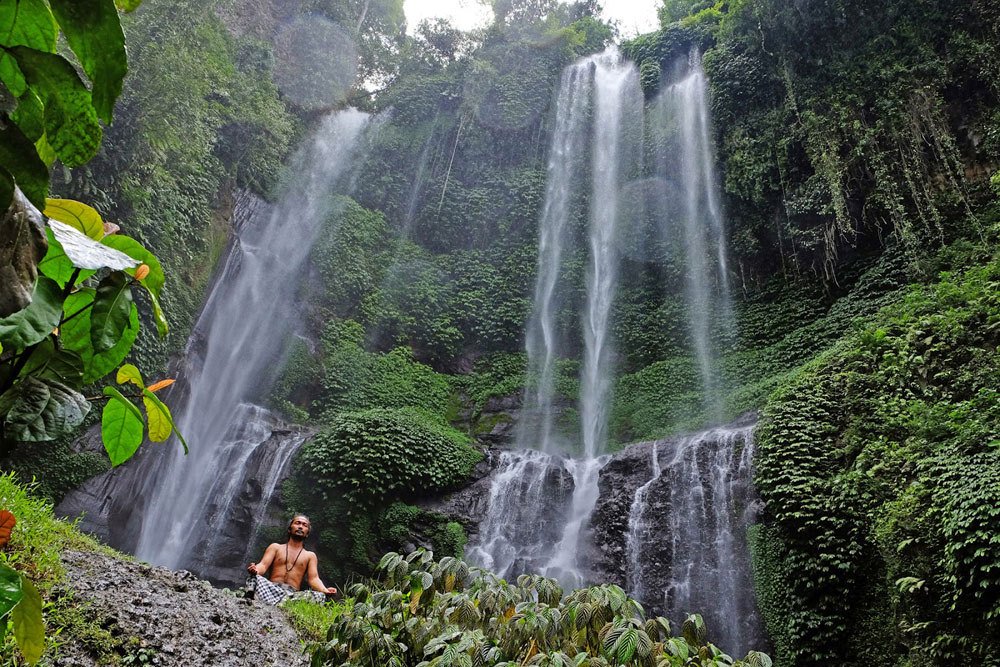













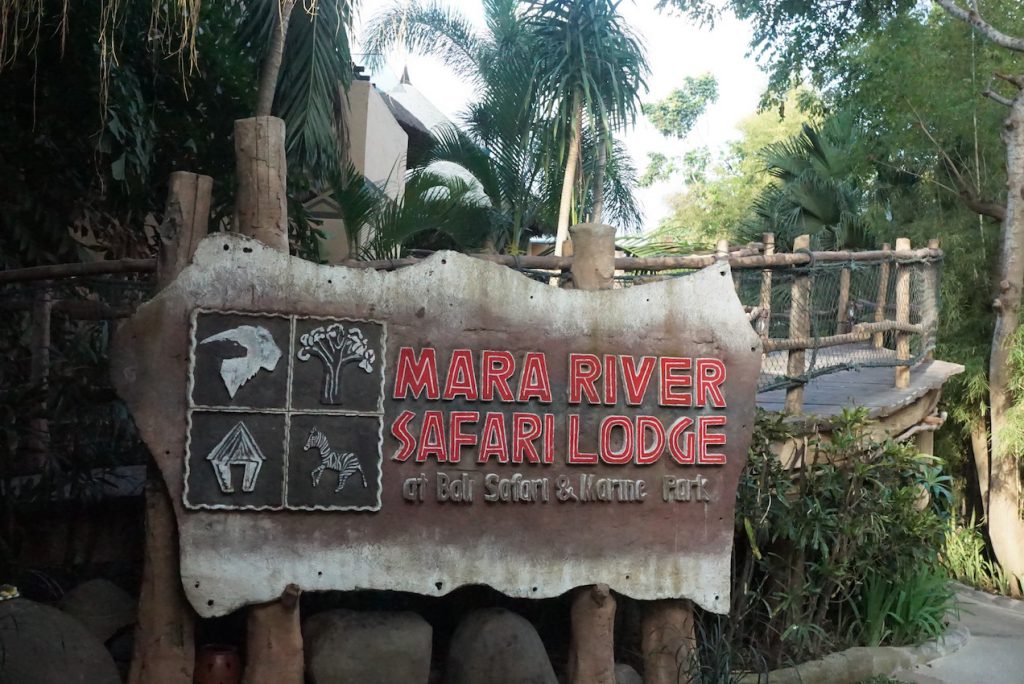
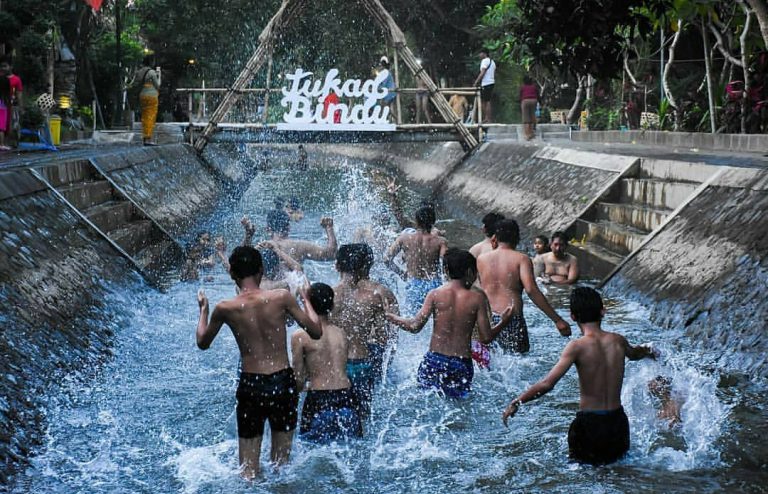


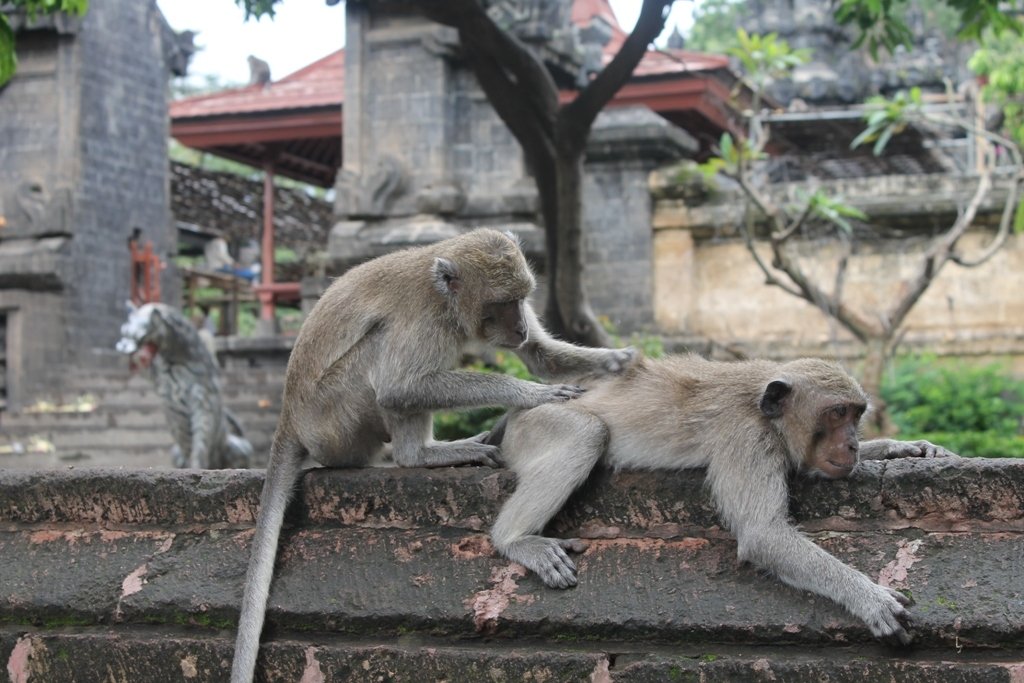





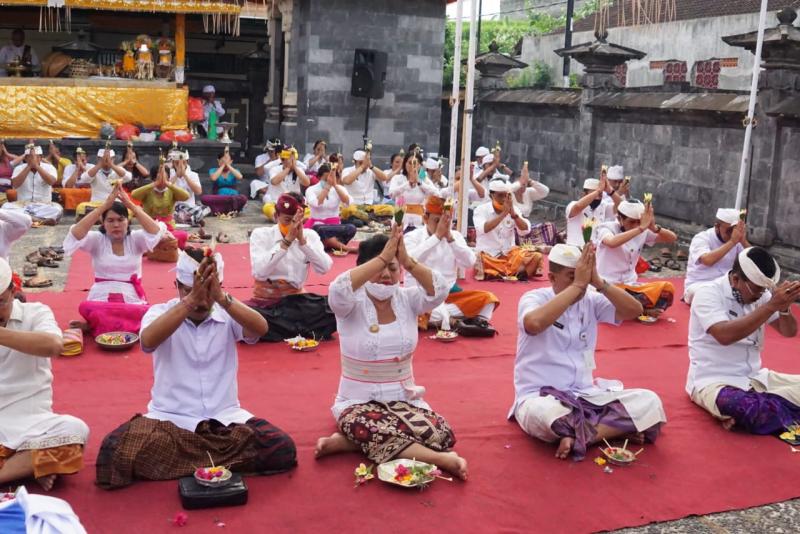

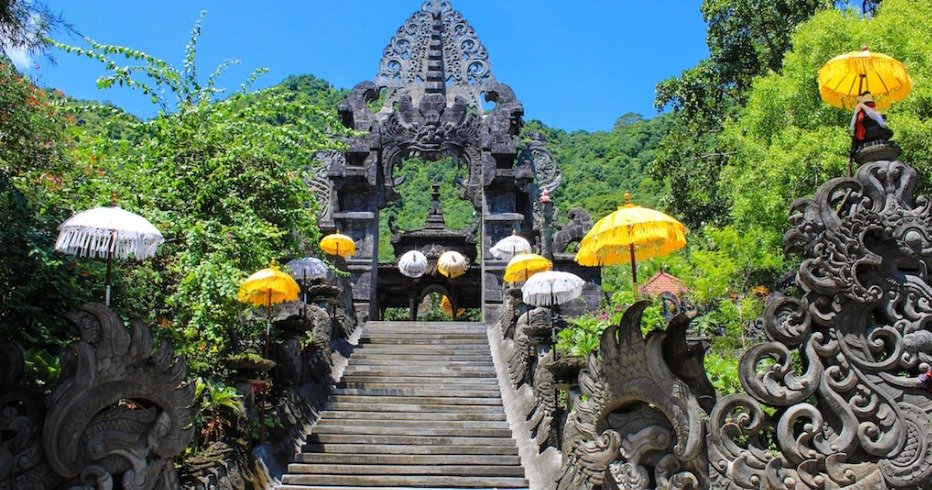

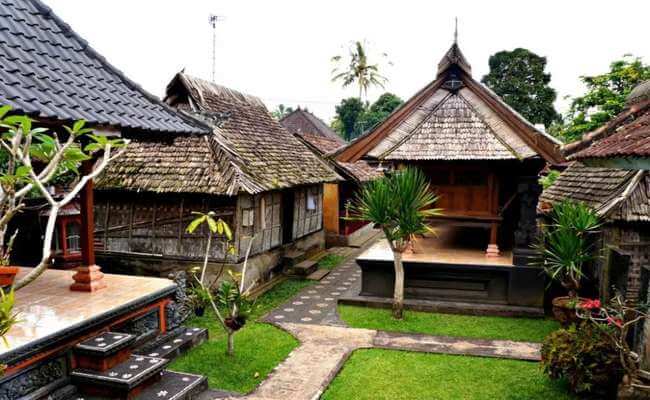

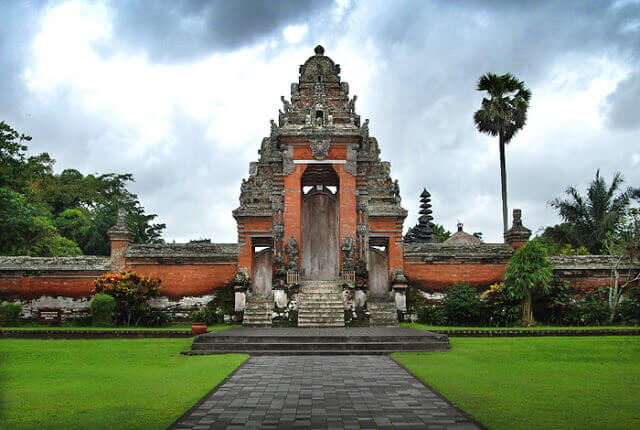




















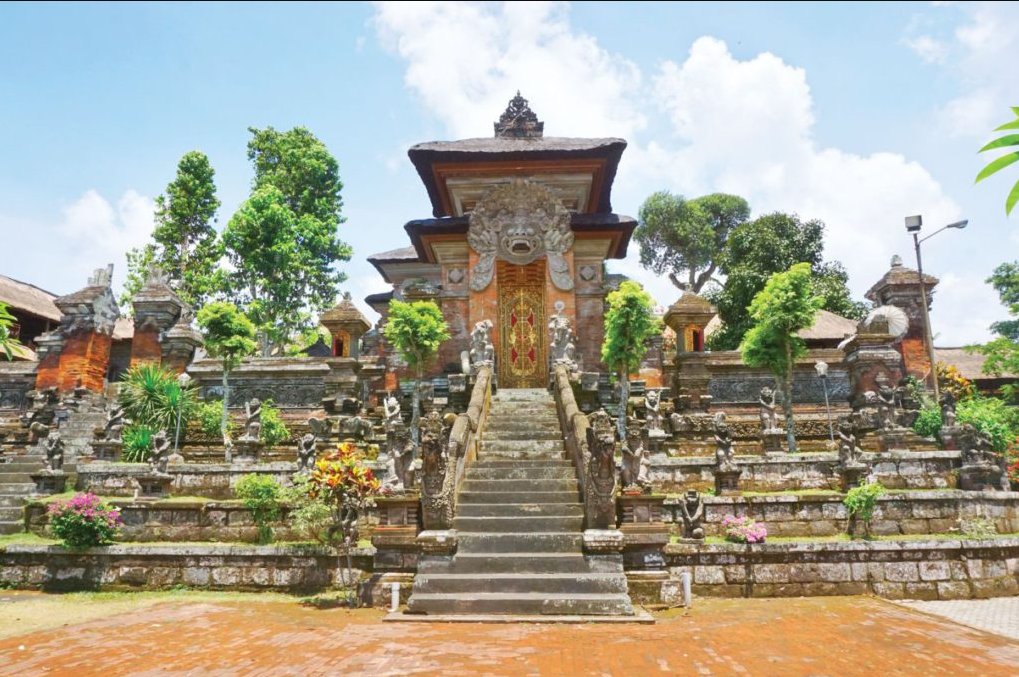


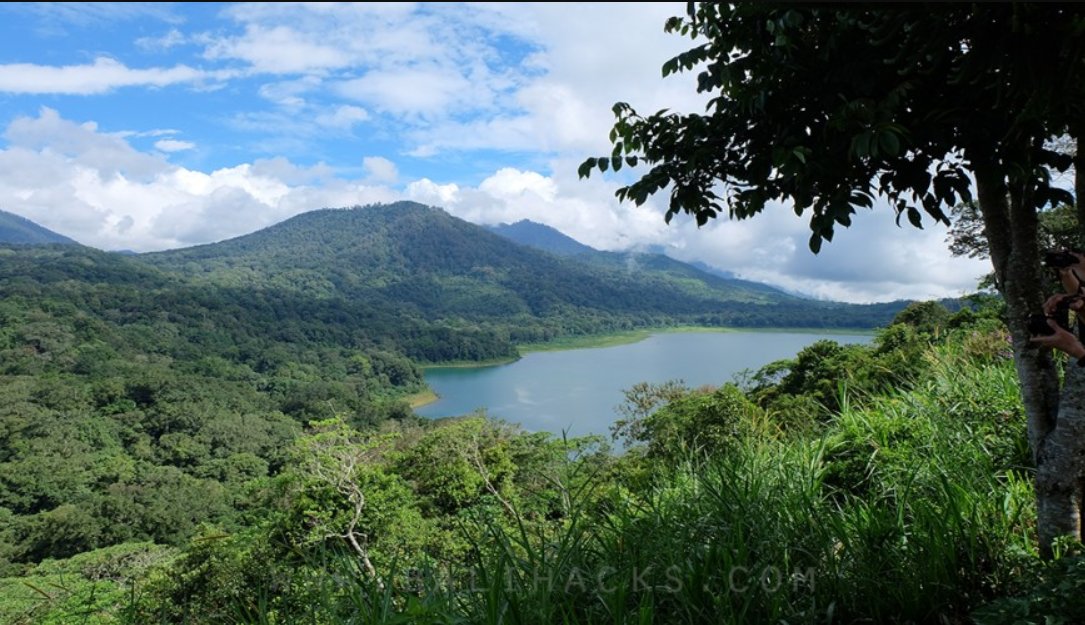















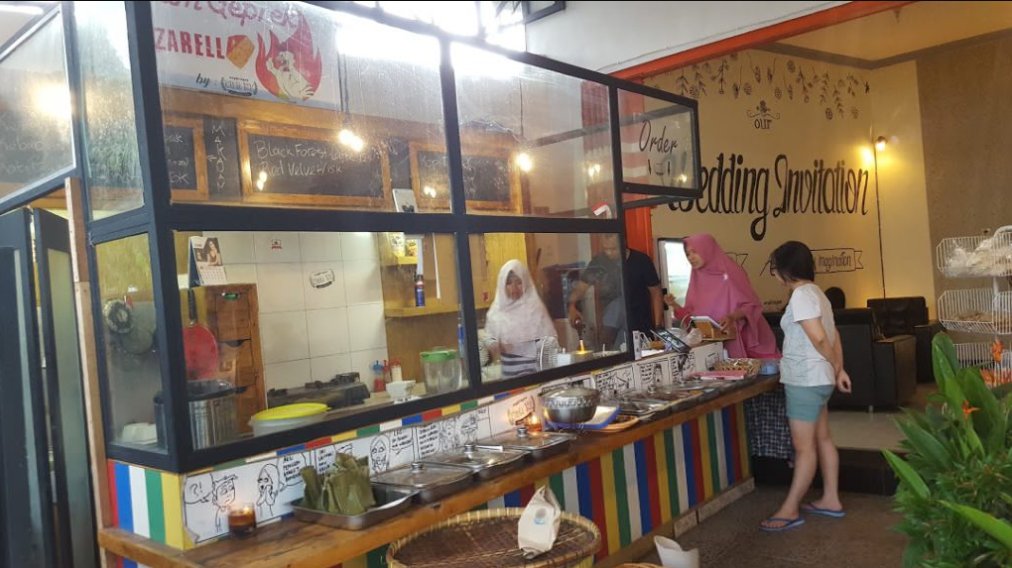















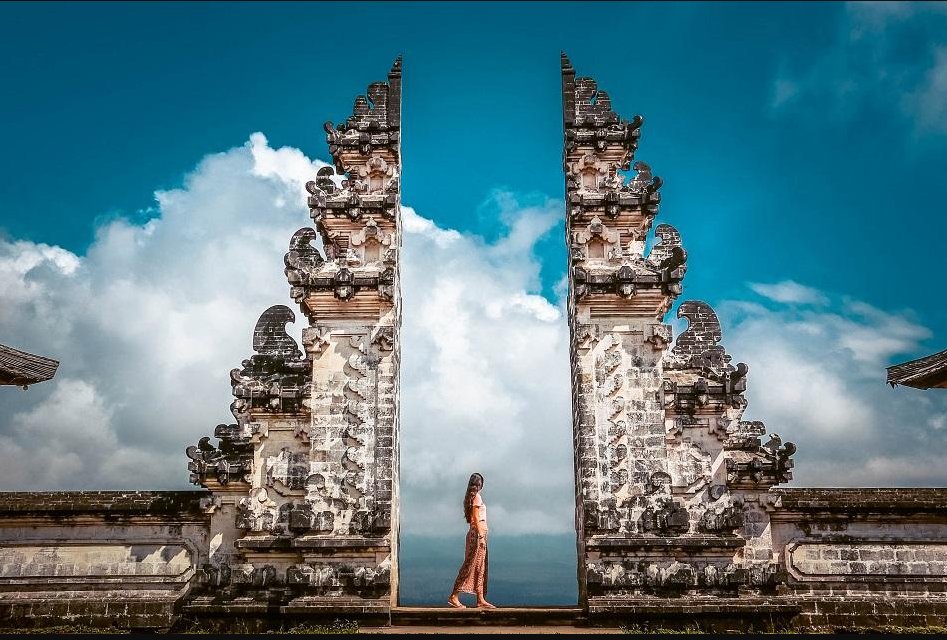
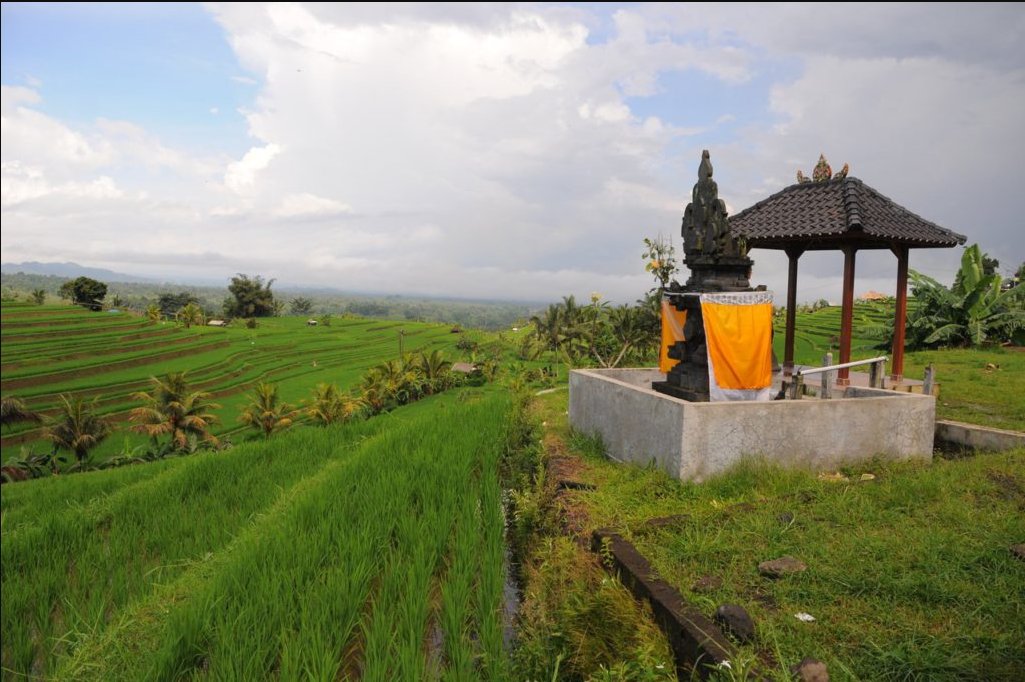
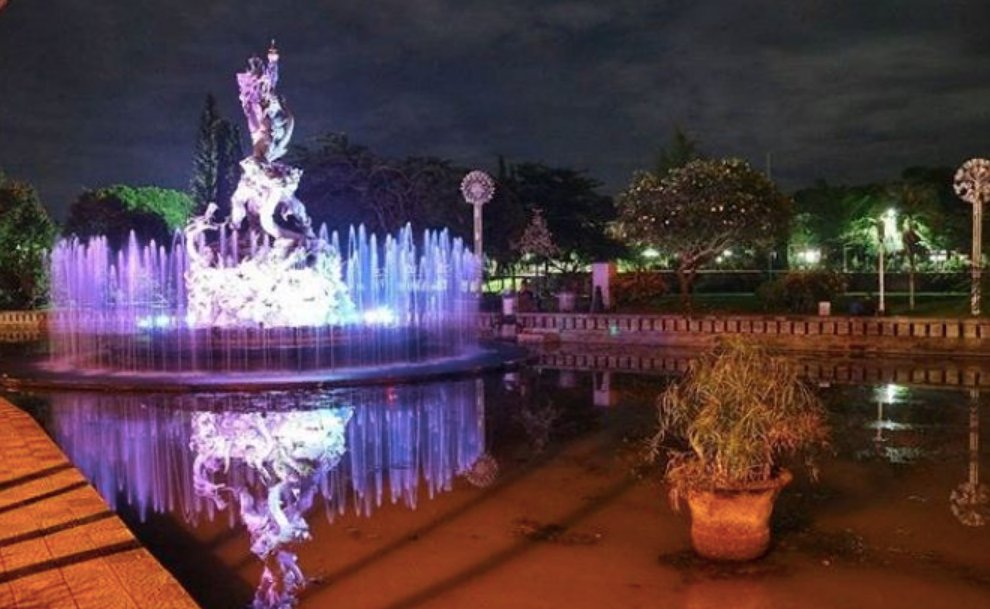
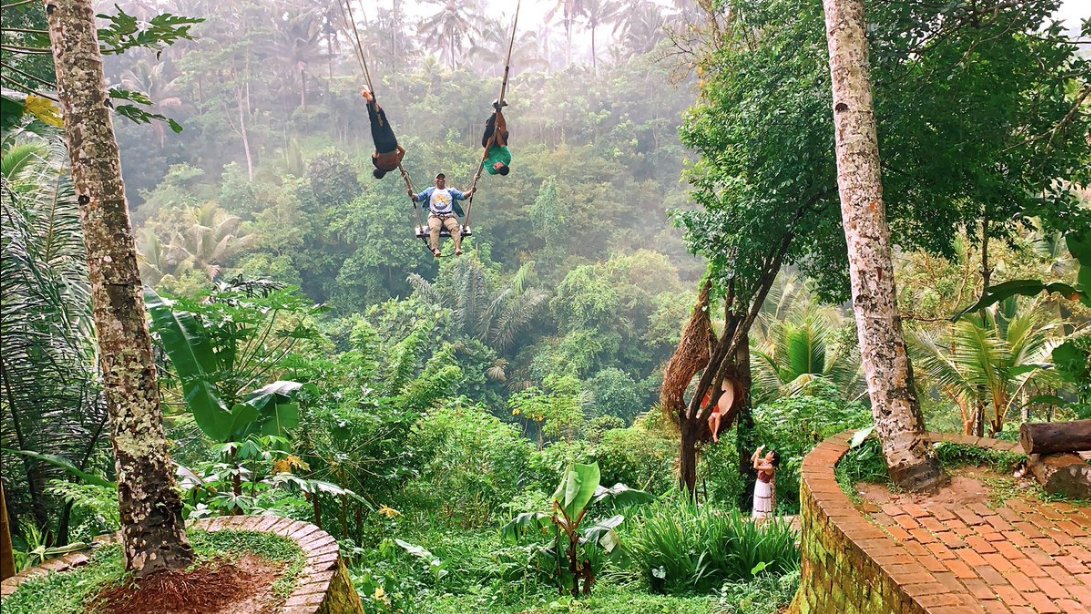

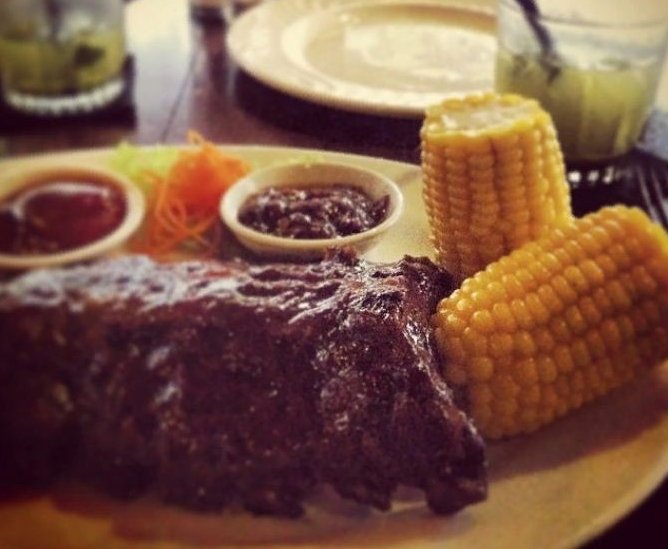

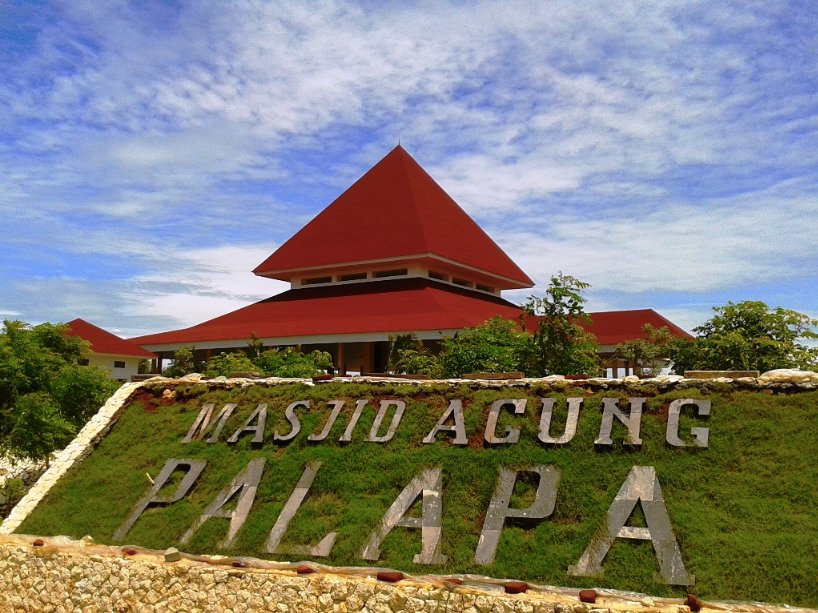

















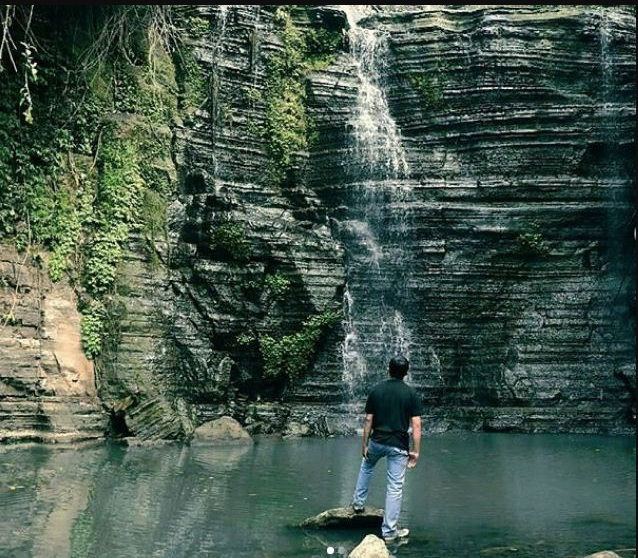












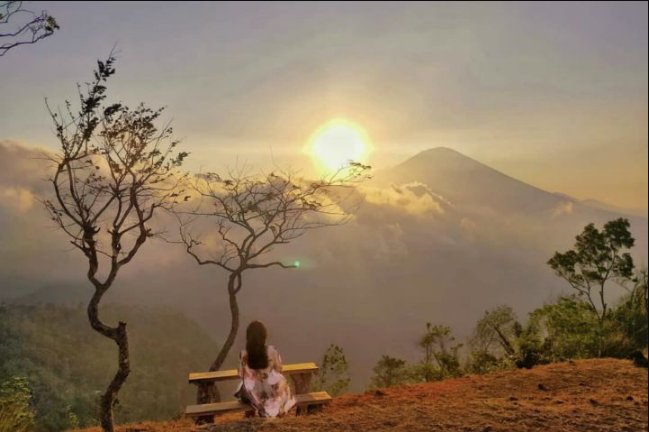




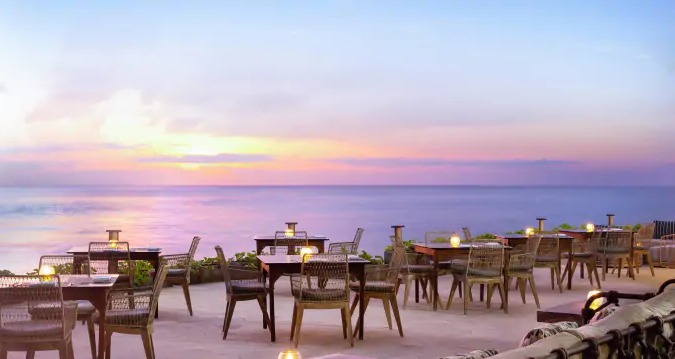

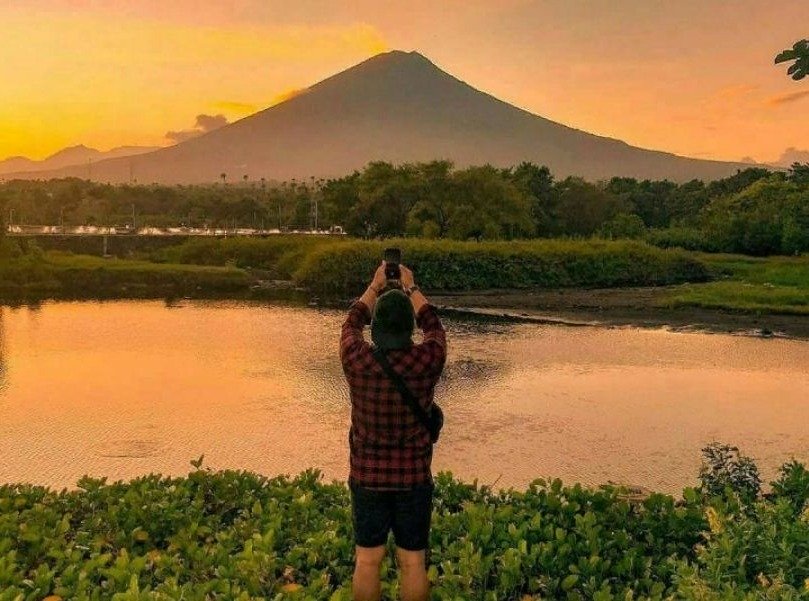


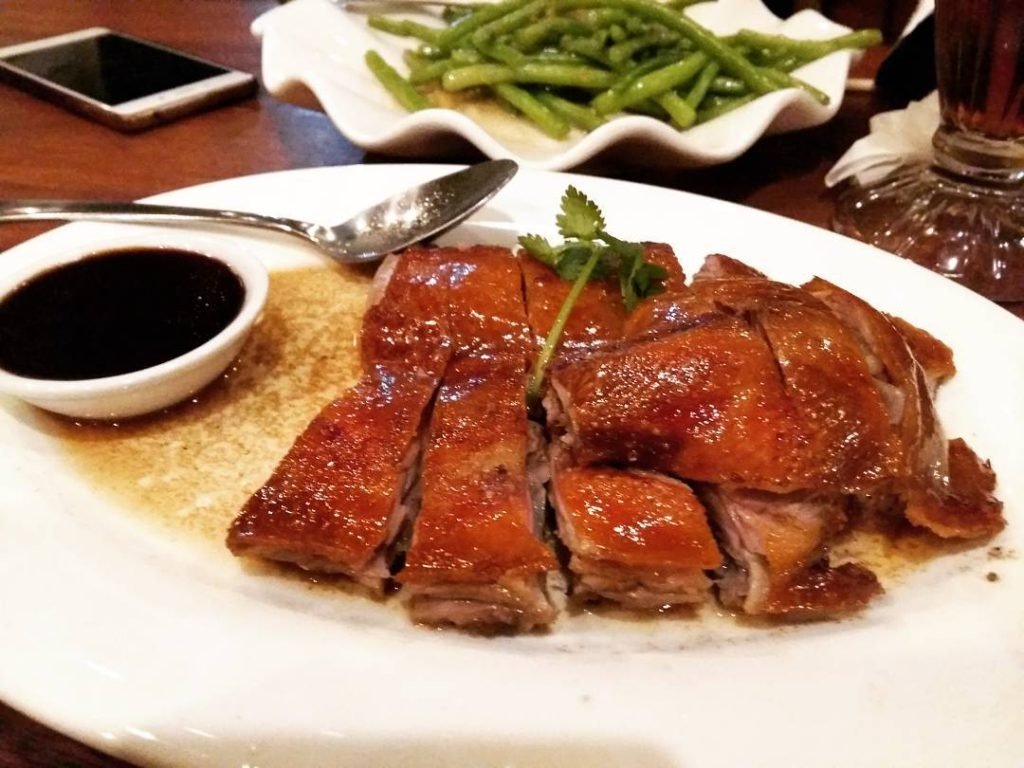










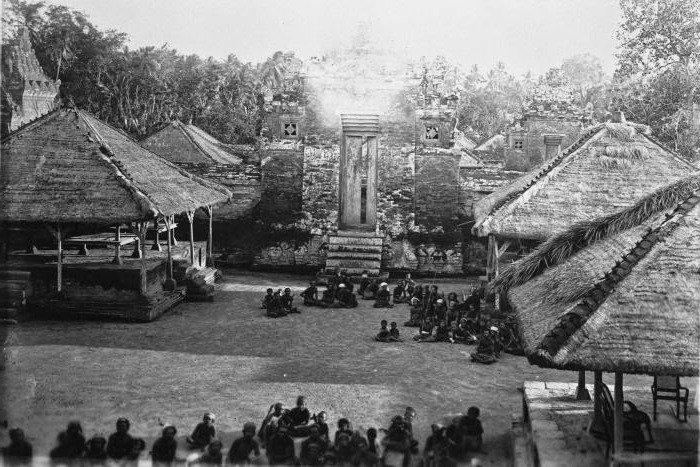




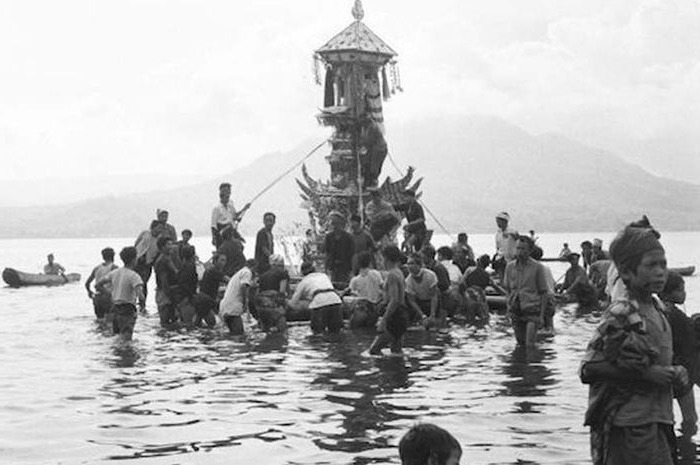


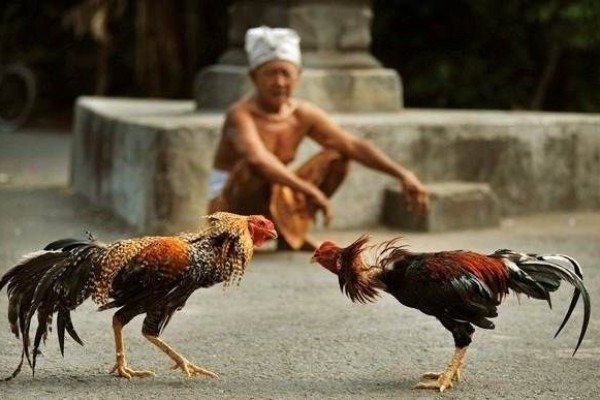






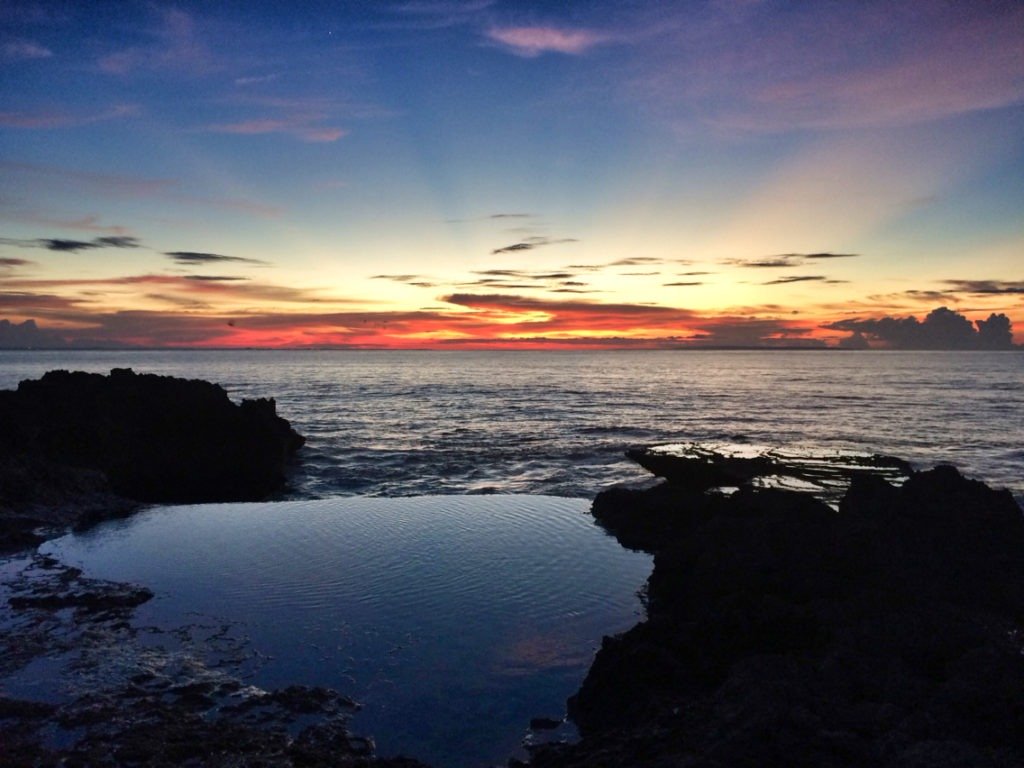






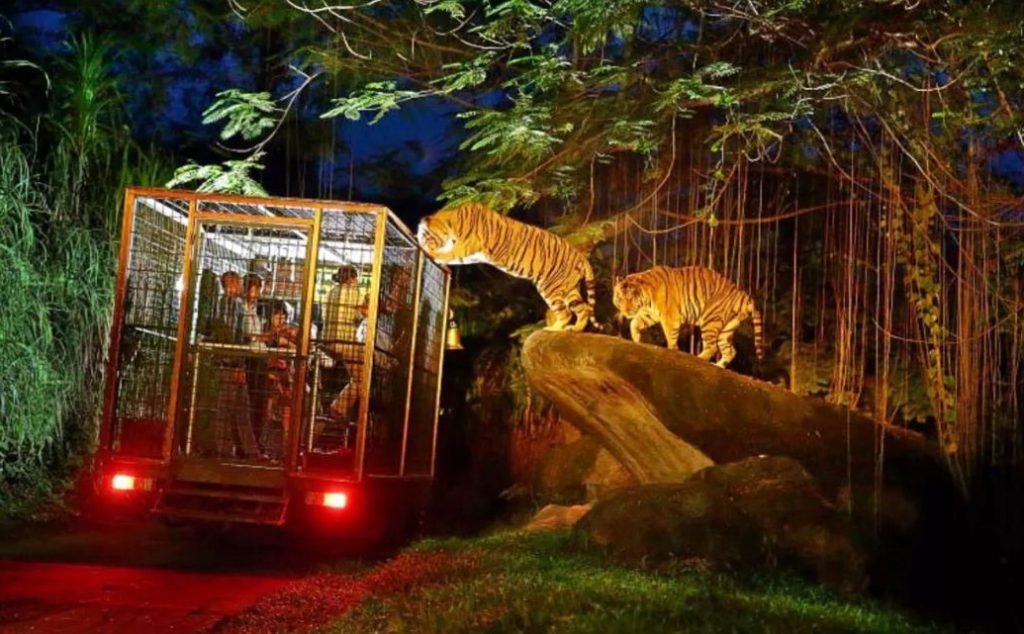


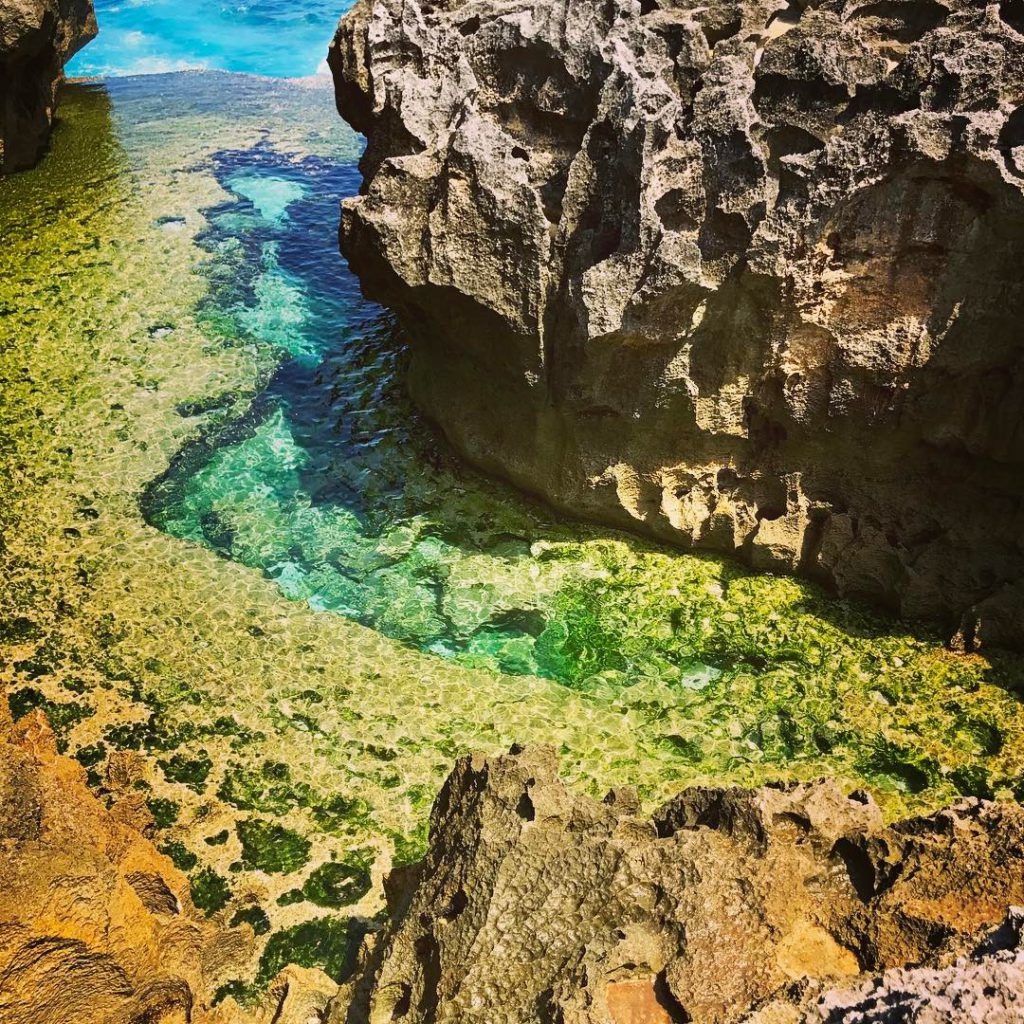

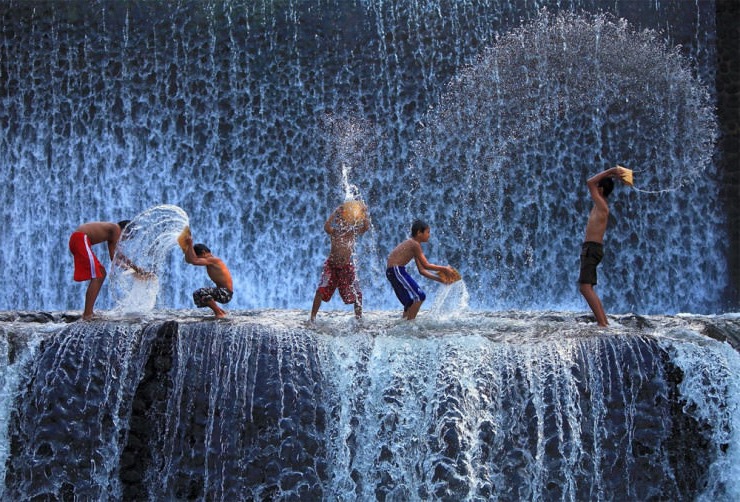



























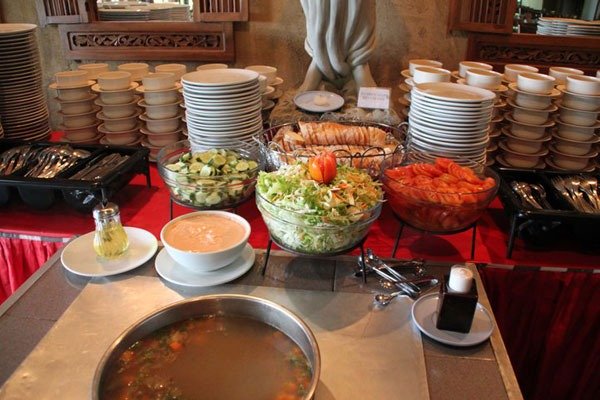















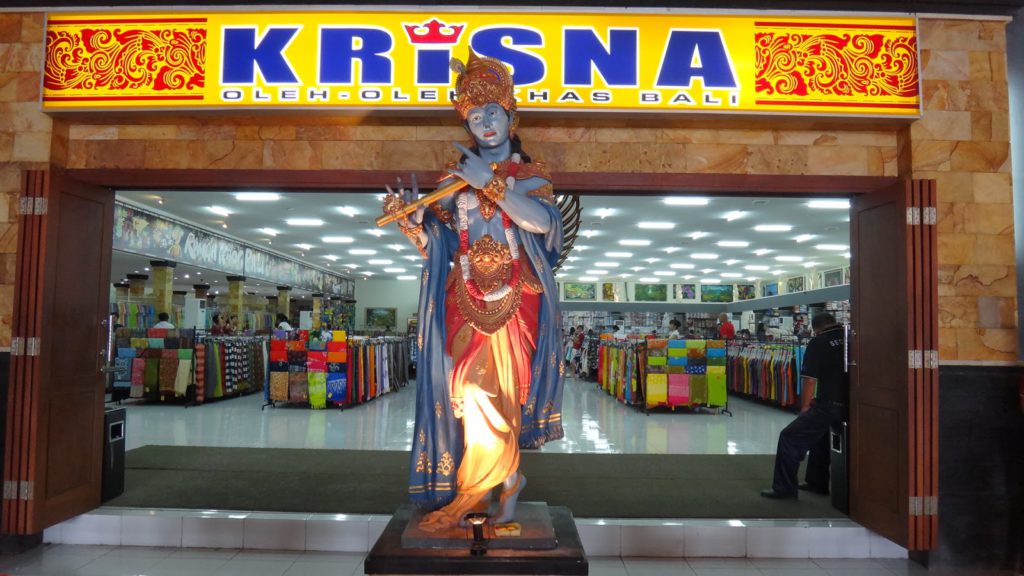





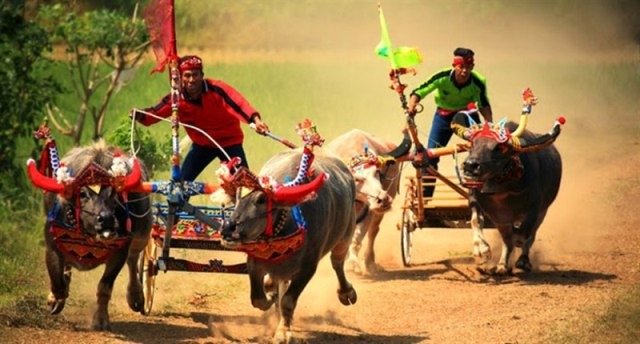


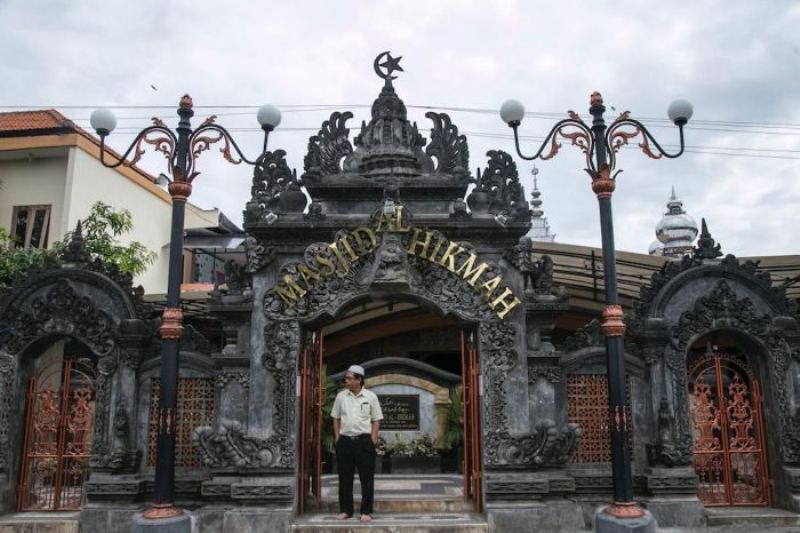













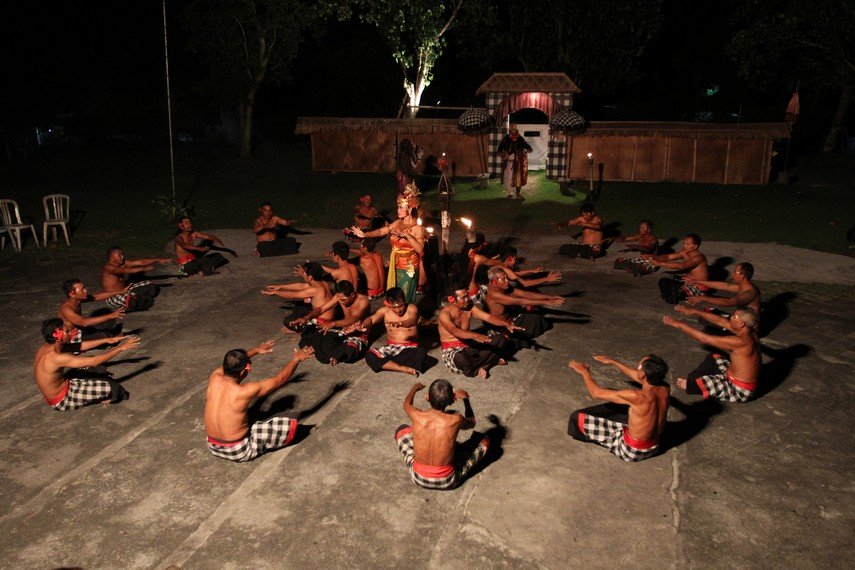










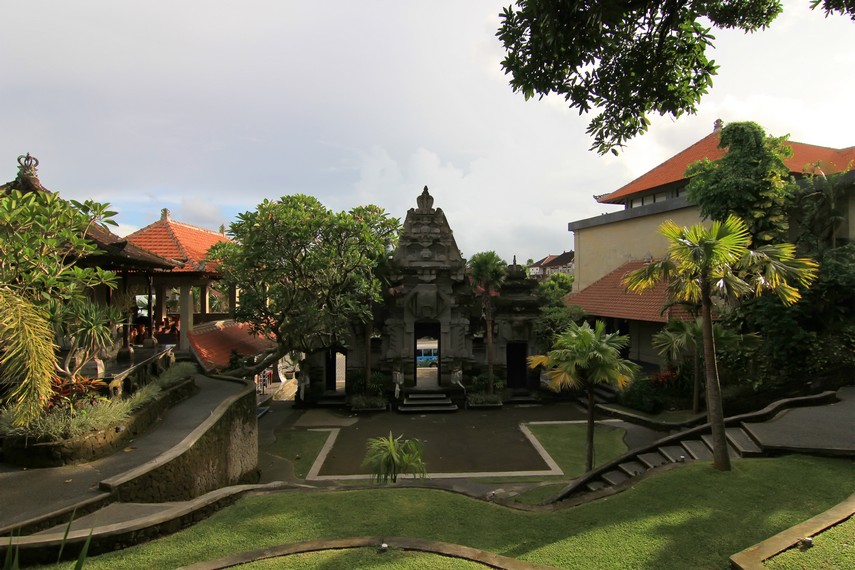

















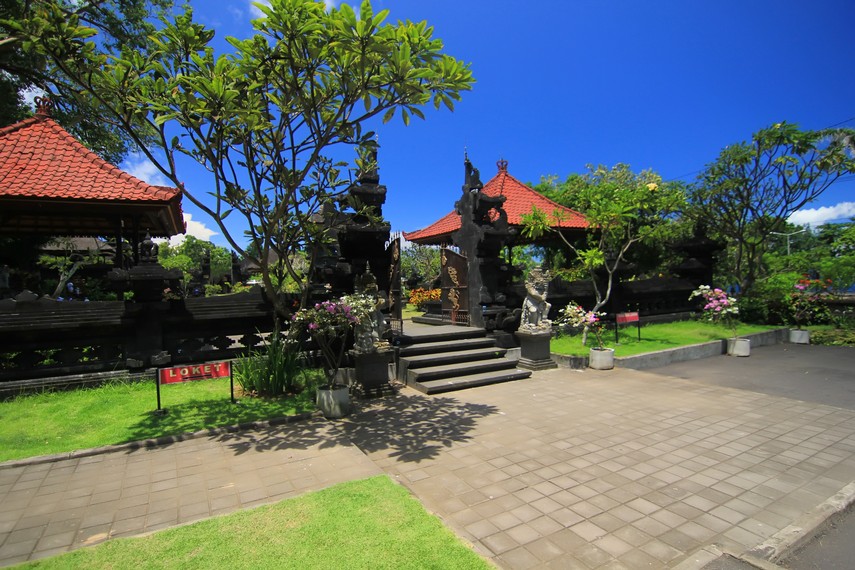

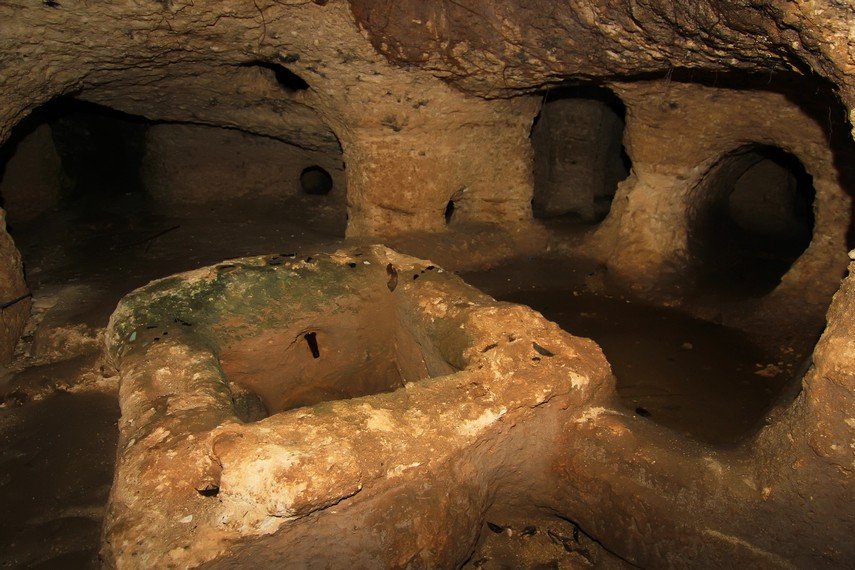




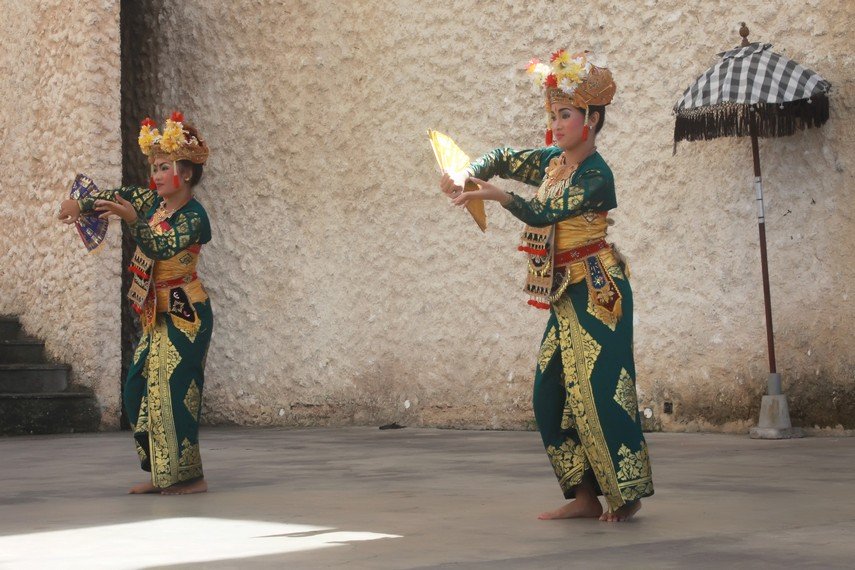



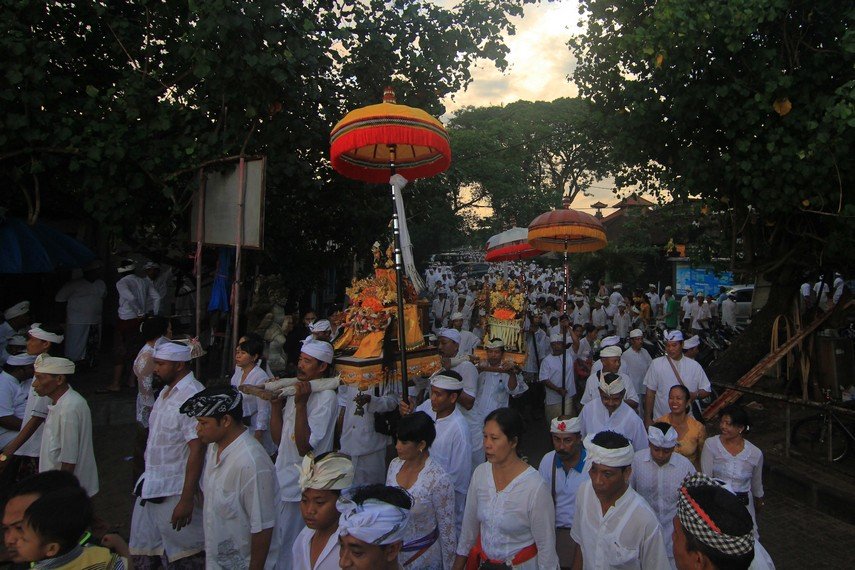




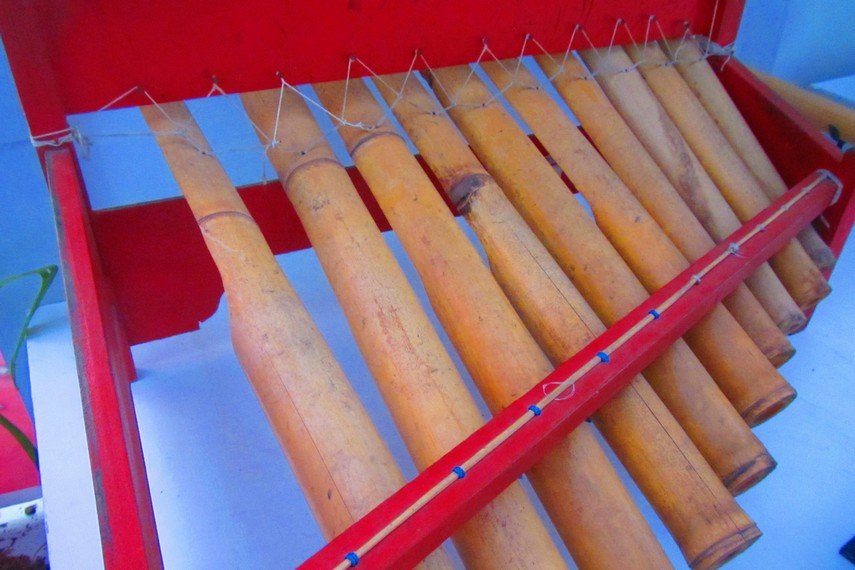








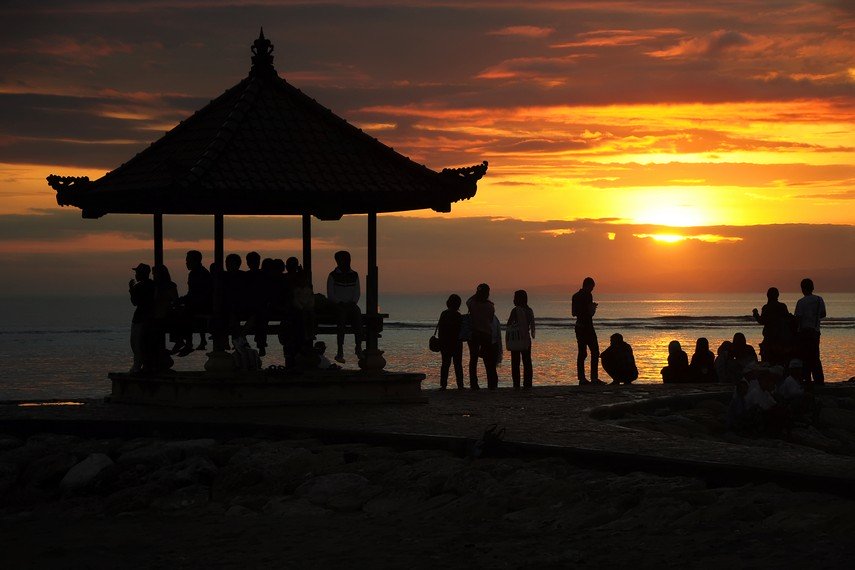
0